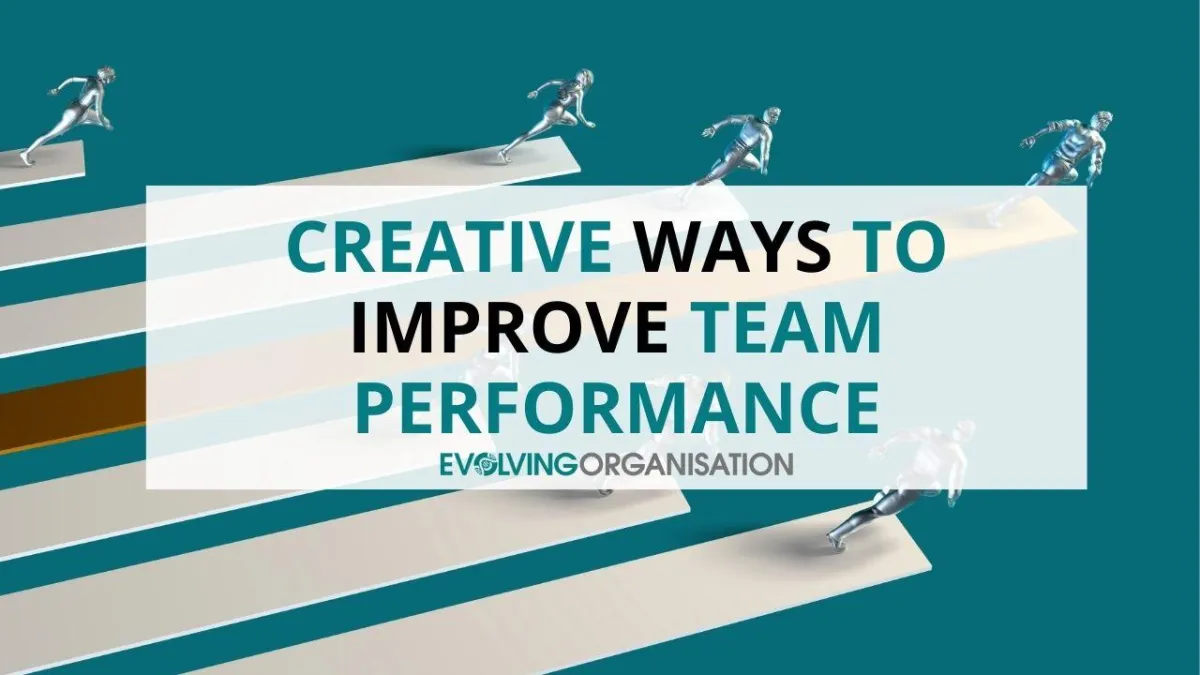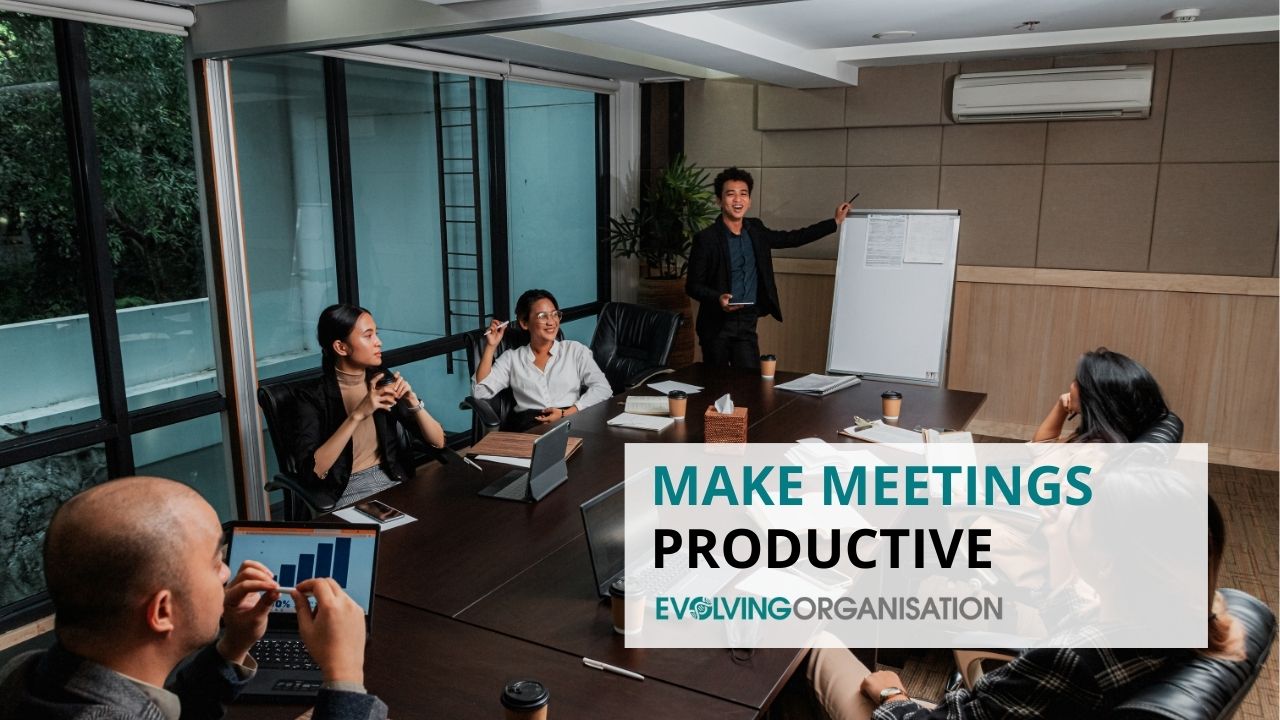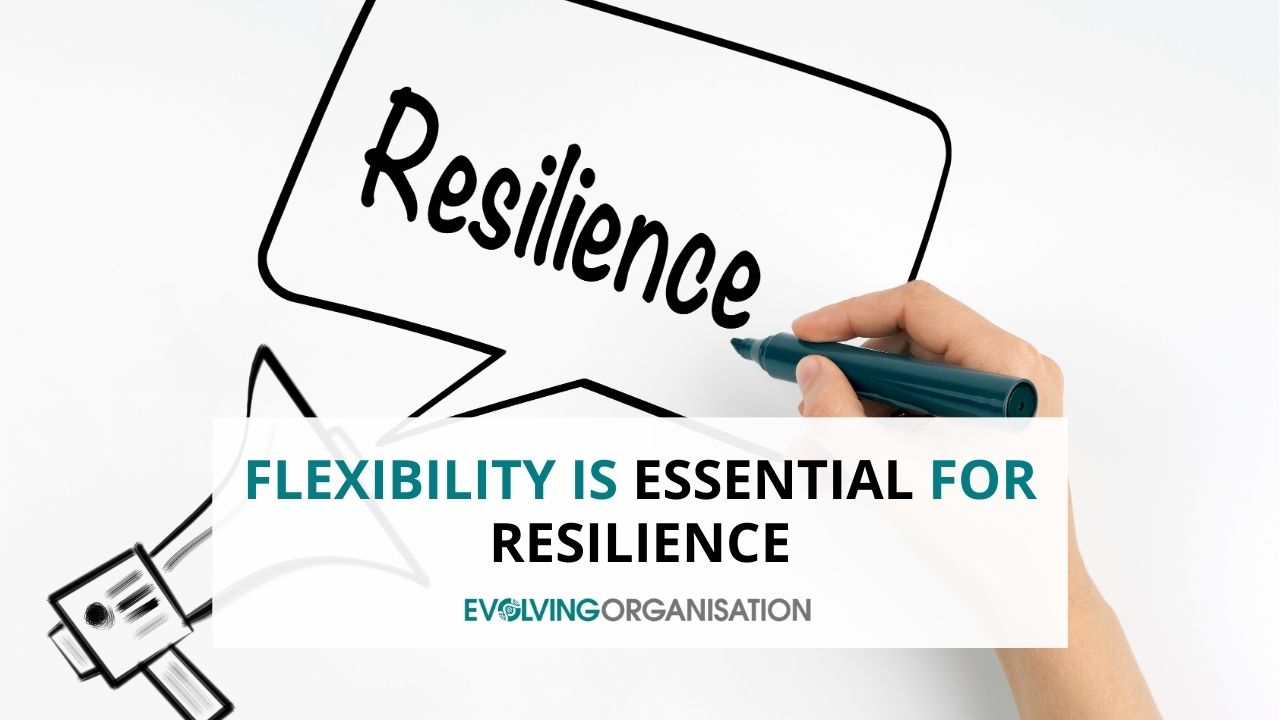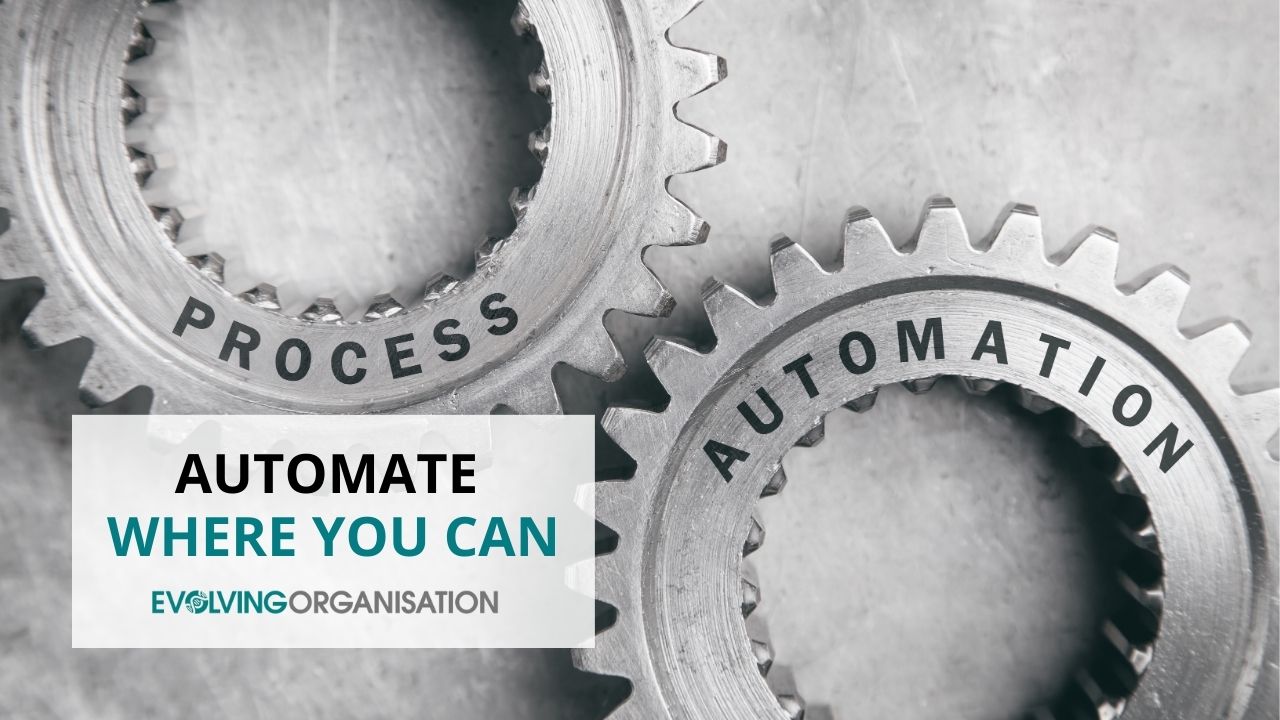
Creative Ways to Improve Team Performance
High team performance is never accidental. I have learned over nearly 30 years of working in, studying, researching, leading, training and consulting in teams and organisations that it is the result of intentional design, clear protocols, and a culture that empowers everyone to contribute their best.
When you move beyond outdated hierarchy and embrace self-managing teams, you unlock a new level of adaptability, speed, and ownership. Here’s how you can achieve this transformation—step by step—with practical examples and actionable strategies using the approaches of Distributed Authority from Self-Managing Teams.
1. Training and Development
The foundation of high performance is clarity. Every team member needs a clearly defined role, structured by its Purpose (why it exists), Domains (what it controls), and Accountabilities (what it must deliver). An investment in training team members in these principles enables everyone to act with the confidence and initiative that comes from the Distributed Authority, which Role Clarity provides.
Example
A marketing team redefined each person’s role—content creation, social media, analytics, and partnerships—so every member owned a distinct area. With boundaries clear, decisions happened faster, and confusion disappeared.
Team members learned to sense, track, and resolve tensions (gaps between what is and what could be) in their roles, using four practical pathways to process the tensions themselves by requesting someone to do something, asking for input when needed, providing information or input, or requesting a role change to clarify expectations.
2. Set (and Measure) Goals

Goals drive focus and accountability when they’re tied directly to a role’s Purpose and Accountabilities. Each team member tracks their own goals and tasks in their Trusted System—a personal workflow tool that ensures nothing gets dropped. Defining the goals of individual goals to the broader team or organisational OKRs (Objectives & Key Results) ensures alignment across a team and even the whole organisation.
Example
A product development team assigned quarterly goals to each role. The “Product Owner” was responsible for user feedback integration, while the “Technical Lead” aimed to reduce deployment times. Progress was checked weekly, with blockers surfaced and addressed immediately, keeping everyone on track.
3. Incentivise Performance
When team members have the freedom and real ownership, which is provided by the distribution of authority through Role Clarity, they are naturally more motivated to do their work well, and improved performance becomes a natural outcome. Incentives work best when initiative and visible contributions are recognised and celebrated.
Recognise initiative:
Celebrate when someone senses and resolves a tension in their role.
Peer-driven recognition:
Encourage team members to acknowledge each other’s contributions in meetings.
Empower autonomy:
With clear roles, individuals are liberated to make decisions without waiting for approval.
Example
At a software company, team members who improved processes or solved recurring issues were given space and encouraged to recognise each other’s achievements in team meetings, which then further encouraged others to step up.
4. Facilitate Excellent Internal Communication
Clear roles and structured routines transform communication:
Role-based updates:
Share progress and issues in the context of specific roles.
Structured check-ins:
Use regular, agenda-driven check-ins to keep everyone aligned.
Systematic tension processing:
Issues are raised and resolved through established pathways, so nothing festers.
Example
A non-profit team used daily stand-up meetings for each member to share updates and issues tied to their roles. This routine kept everyone informed and made it easy to offer support where needed.
5. Make Meetings Productive

Meetings should drive action, not waste time. Productive meetings follow a clear agenda, assign roles (like facilitator and note-taker), and use decision-making protocols that ensure clarity and speed for the times when decisions need to be made together.
Example
A consulting firm restructured meetings so each agenda item was rooted in an actual felt tension that was brought by a specific role. With a clear meeting process for helping the role holder to identify what they needed and remove obstacles to be able to take the minimum next step, meetings were efficient and even sometimes finished ahead of schedule.
6. Effective Project Management
Project management thrives on clarity and personal accountability. Assign projects to roles and make them visible on a shared team Project Board, and have the role-holders report on the projects regularly/when needed. Then each role-holder tracks the tasks for those projects in their own personal Trusted System and reviews progress regularly.
Example
A design agency had each team member trained in the world-class personal organisation system called Getting Things Done (GTD0 so they could manage their commitments most efficiently. Weekly reviews focused on resolving any tensions and keeping projects moving without micromanagement.
7. Shared Purpose, Vision and Culture

A strong team culture is built on shared purpose and values, not just tasks. When each role’s Purpose links clearly to the team’s Purpose, and the team’s Purpose connects to the broader organisational purpose, everyone sees their impact and how it contributes to the whole. It is amplified when an organisation uses OKRs to identify and align objectives and key results that express the organisation’s purpose and which are directly related to roles.
Example
A healthcare startup co-created its team's Purpose & Vision, then rewrote each of the role Purposes to align with it. Engagement and energy soared as everyone saw and, more importantly, felt how their work mattered.
8. Give Recognition
Recognition is most effective when it’s immediate, specific, and peer-driven. Celebrate when team members resolve challenges or embody the team’s values.
Example
A logistics team started a weekly “shout-out” round, where anyone could thank a colleague for a recent win or initiative. This boosted morale and encouraged proactive problem-solving.
9. Be Flexible

Flexibility is essential for resilience. Teams that can adapt roles, processes, and goals quickly stay ahead.
Dynamic roles:
Roles are redefined as needs shift.
Adaptive processes:
Tensions and new opportunities are processed quickly.
Individual autonomy:
Team members organise their work in ways that suit them while meeting accountabilities.
Example
When a sales team shifted to remote work, they redefined roles to cover new needs like virtual event management. By processing these changes as tensions and updating roles, they kept delivering results.
10. Give Great Feedback
Feedback should be regular, role-focused, and constructive. When feedback is about work and not personality, it becomes a tool for growth.
Tension processing:
Feedback on projects and work is delivered by raising and resolving tensions, making it actionable.
Role-based focus:
Feedback targets accountabilities, not individuals.
Regular cycles:
Feedback happens in every meeting, not just once a year.
Example
An engineering team used structured feedback rounds at the end of each sprint, focusing on what could improve in each role’s accountabilities. It steadily increased quality and reduced friction.
11. Automate Where You Can

Automation frees up time for creative and high-value work. Automate routine tasks, reporting, and meeting processes wherever possible.
Example
A finance team automated monthly reporting with templates and reminders in their Trusted Systems. It saved hours and allowed more time for strategy and process improvement.
Also Read: How to Improve Team Decision Making
Bringing It All Together
Improving team performance is not about quick fixes or new software. It’s about designing your team’s way of working so everyone is empowered, clear, and able to act.
When you:
Define roles with a clear Purpose, Domains, and Accountabilities
Encourage ownership through tension-processing and personal task management
Use structured meetings and decision-making protocols
Build a culture of recognition, flexibility, and continuous feedback you create a team that is not just high-performing but resilient and future-ready.
Suppose you want to learn these practices in depth. In that case, programs like Team Clarity & Faster Decision-Making and The Meetings Revolution offer step-by-step guidance and practical tools to help your team make these shifts confidently and effectively.
When you move beyond hierarchy and empower your team to own their roles, communicate openly, and adapt quickly, you don’t just improve performance—you create the foundation for lasting success in a fast-changing world.
This blog serves as a continuation of our commitment to improving performance and decision-making within organisations. Stay tuned for our next instalment, where we will delve deeper into a range of practical tools that do this.
For more insights and resources, visit our website. Together, let’s evolve and adapt to the challenges of our dynamic world and build a better, more collaborative future—together.


